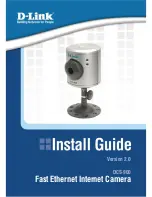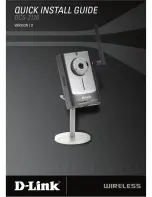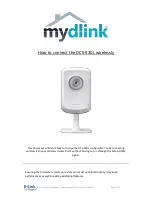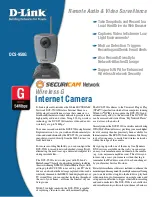
(2) Eye Control Precision
Previous EOS Eye Control cameras use the
illumination of two IREDs on the bottom of the
eyepiece frame to detect the eye. With the EOS ELAN
7 E / EOS 30, two IREDs on the top of the eyepiece
frame also illuminate the eye. By having a total of
four IREDs illuminating the eye simultaneously, the
Eye Control precision is better.
The photographer's eye is illuminated by the IREDs,
and the eye's image is captured by the Eye Control
BASIS. The Purkinje image (P image) and the
eyeball's rotational angle with respect to the pupil's
center are calculated to detect where the eye is
looking. With the EOS ELAN 7 E / EOS 30, since two
upper P images are also added, the Eye Control
precision is about 1.5 times higher (especially in the
vertical orientation with 3 horizontal focusing points
and 5 vertical focusing points) than previous Eye
Control cameras. The Eye Control precision is also
enhanced by an improved Eye Control algorithm.
If harsh shooting conditions prevent the camera from obtaining all four P images, as
long as it obtains at least the two lower P images, Eye Control will still be possible in
the same way as with previous EOS Eye Control cameras.
Also, the algorithm has been improved to better match the shooting environment and
the user's Eye Control characteristics. As a result, there is less chance for Eye
Control to be difficult to use.
(3) Calibration
The purpose and refinement method of Eye Control calibration are the same as with
the EOS Elan II E/50/50 E/55. The EOS ELAN 7 E / EOS 30 can store calibration
data in up to five (instead of three with the EOS Elan II E/50 E/55) CAL channels.
As with the EOS-3, the calibration procedure provides for both the horizontal and
vertical camera orientations by incorporating the top and bottom (y-axis) points in
addition to the right and left (x-axis) points. This enhances Eye Control precision.
Calibration data in a CAL channel can be deleted by selecting the CAL channel No.
and pressing the AE lock (C.Fn) button and focusing point selector simultaneously.
When Eye Control is used, the Eye Control icon lights in the viewfinder (except in the
Full Auto mode). If Eye Control is not possible, the icon blinks and automatic
focusing point selection is set automatically.
(4) Eye Control BASIS
This is the same as the EOS-3's.
Part 2: Technical Information
2-2
Fig. 2-3 P image and Pupil
IR-1
IR-2
IR-3
IR-4
IR-5
IR-6
IR-7
IR-8
Fig. 2-2 IRED Illumination Optics
Fig. 2-4 Eye Control BASIS
Summary of Contents for EOS EOS 7
Page 7: ...Part 1 General Information...
Page 12: ...Fig 1 2 Three External Views Part 1 General Information 1 5...
Page 53: ...Part 1 General Information 1 46 Fig 1 23 Three External Views...
Page 67: ...Part 2 Technical Information...
Page 103: ...Part 3 Repair Information...
Page 104: ...This page intentionally left blank...
Page 117: ...MEMO Part 3 Repair Information 3 13...
Page 123: ...MEMO Part 3 Repair Information 3 19...
Page 137: ...MEMO Part 3 Repair Information 3 33...
Page 148: ...Part 4 Electrical Adjustment...
Page 195: ...Part 5 Parts Catalog...
Page 196: ...This page intentionally left blank...
Page 198: ......
Page 200: ......
Page 202: ......
Page 204: ......
Page 206: ......
Page 208: ......
Page 210: ......
Page 212: ......
Page 214: ......
Page 216: ......
Page 218: ......
Page 220: ......
Page 222: ......
Page 224: ......
Page 226: ......
Page 228: ......
Page 230: ......
Page 237: ...Part 6 Electrical Diagrams...
Page 271: ......















































